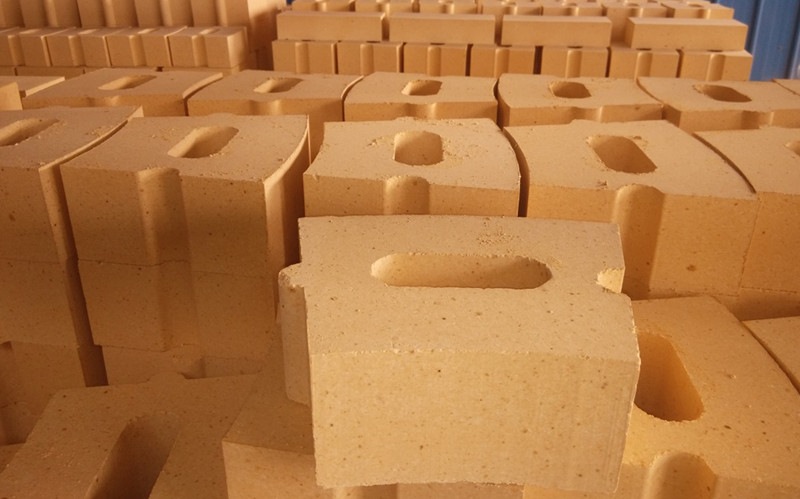Refractory materials are generally divided into two types, namely, amorphous refractories and shaped refractories. Unshaped refractory material, also called castable material, is a mixed powdery granule composed of a variety of aggregates and one or more binders. It must be mixed with one or more liquids evenly when used. Strong liquidity. Shaped refractory materials generally refer to refractory bricks, which have a standard shape and can be temporarily processed as needed.
Refractory bricks are referred to fire bricks. Refractory brick, light yellow or brownish, is a refractory material made of refractory clay or other refractory raw materials. It is mainly used in smelting furnaces and can withstand high temperatures of 1,580 °C – 1,770 °C. According to the preparation process, the refractory bricks can be divided into fired bricks, unfired bricks, fused bricks (melted cast bricks), and refractory heat insulating bricks; according to the shape and size, they can be divided into standard bricks, ordinary bricks, and special bricks. It can be used as a high-temperature building material and structural material for building kiln and various thermal equipment, and can withstand various physical and chemical changes and mechanical effects at high temperatures. For example, refractory clay bricks, high alumina bricks, silica bricks, magnesium bricks, and so on.

According to the different composition of refractory bricks, they can be divided into five categories, namely: silicon-aluminum refractory bricks, alkaline series refractory bricks, carbon-containing refractory bricks, zirconium-containing refractory bricks, and heat-insulating refractory bricks. Any furnace is not built with only one type of refractory brick, but a different refractory bricks.
With the continuous development of China’s cement industry, the industry has put forward higher requirements for refractory materials. Long-term dependence on extensive economic growth, the refractory industry should increase the intensity of adjustment to meet the needs of the new situation.
The development of green refractory strategy is an important development strategy related to the sustainable development of China’s current and future refractory industry. Rongsheng refractory materials cater to the national policy and determined to build environmentally friendly refractory materials to provide customers with green and durable refractory materials. Please contact us if you have any questions!
